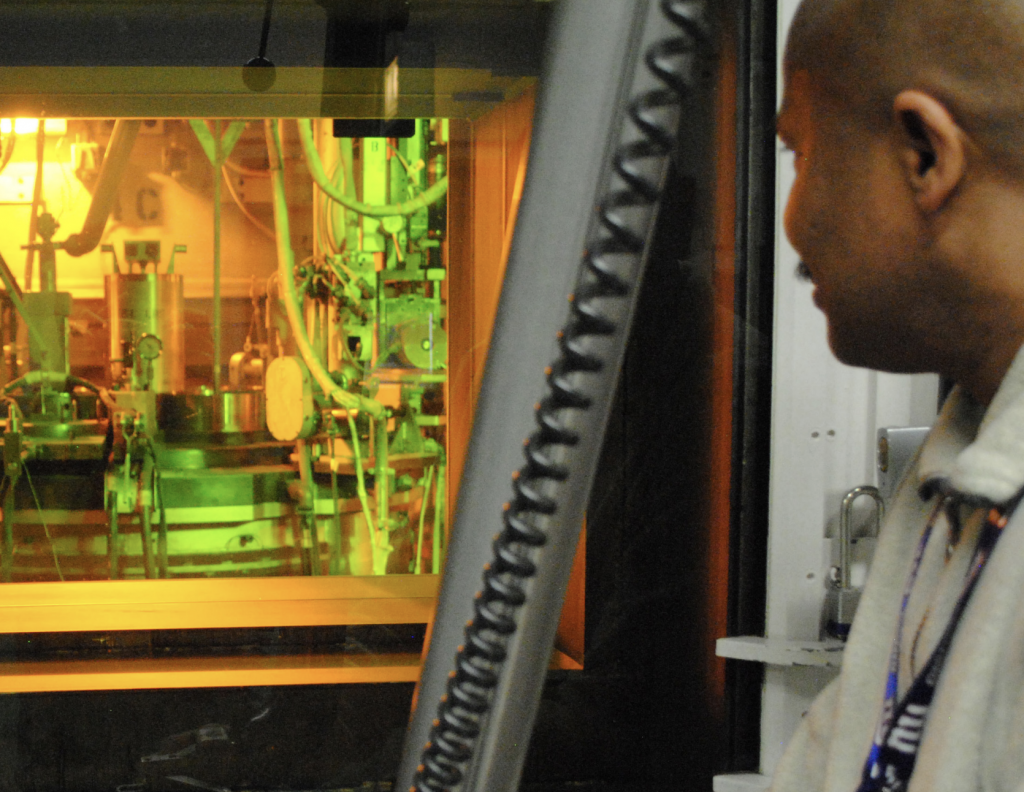
Why joint US-South Korean research on plutonium separation raises nuclear proliferation danger
Posted: 15th January 2022
By Frank N. von Hippel, Jungmin Kang | January 13, 2022

Idaho National Laboratory’s Fuel Conditioning Facility supports work to demonstrate the technical feasibility of a nuclear recycling technique called pyroprocessing. Photo Credit: Fuel Conditioning Fact Sheet, Idaho National Laboratory.
South Korea, like the United States, has long relied on nuclear power as a major source of electric power. As a result, it has amassed large stores of spent nuclear fuel and, as in the United States, has experienced political pushback from populations around proposed central sites for the spent fuel.
South Korea also has a history of interest in nuclear weapons to deter North Korean attack. The United States stationed nuclear weapons in South Korea during the Cold War but withdrew them in 1991. North Korea conducted its first nuclear test in 2006. US and South Korean policy is to seek the elimination of North Korea’s nuclear weapons and achieve a nuclear-weapon-free Korean peninsula. That goal currently appears distant, but South Korea acquiring nuclear weapons could make it even more distant.
https://thebulletin.org/2022/01/why-joint-us-south-korean-research-on-plutonium-separation-raises-nu…